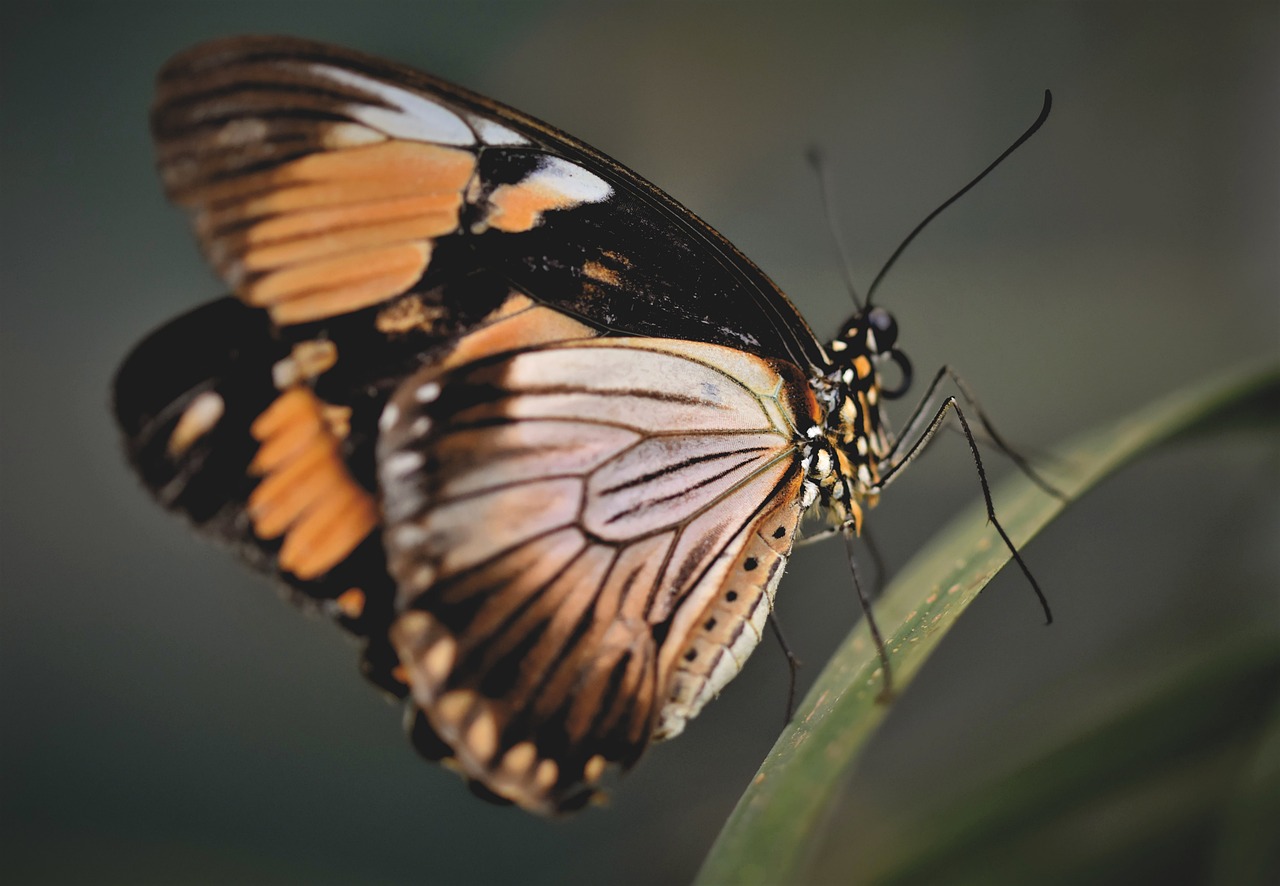Understanding the Decline of Monarch Butterflies: A Conservation Crisis
In the world of nature, few creatures are as iconic as the Monarch butterfly. Their striking orange and black wings have become a symbol of beauty and fragility, while their epic migration is one of the most remarkable journeys in the animal kingdom. However, these beloved insects are in trouble, with their numbers decreasing at an alarming rate. This article delves into the history, current situation, and potential solutions for the decline of Monarch butterflies.

The Historical Significance of Monarch Butterflies
Monarch butterflies, known scientifically as Danaus plexippus, have been a significant part of various cultures for centuries due to their vivid colors and extensive migratory patterns. In North America, particularly in Mexico, Monarchs are deeply embedded in the cultural heritage, symbolizing the return of the spirits during the Day of the Dead festival. However, in recent decades, the population of these beautiful creatures has been dwindling, causing great concern among environmentalists and animal lovers alike.
The Current Crisis Facing Monarch Butterflies
In the past 20 years, the Monarch butterfly population has seen a drastic decline. According to the Xerces Society for Invertebrate Conservation, the western Monarch butterfly population has faced a shocking 99.9% decline since the 1980s. This decline is attributed to several factors, including habitat loss, climate change, and the use of pesticides. The degradation and loss of milkweed plants, which are crucial for Monarch caterpillars’ survival, also play a critical role in their declining numbers.
The Market Impact of Monarch Butterfly Conservation Efforts
In response to the decline, numerous conservation efforts have sprung up to protect and restore the butterflies’ habitats. The global market for butterfly conservation is growing, with several non-profit organizations and businesses offering products and services geared towards saving the Monarchs. This includes selling seed packets of milkweed, the primary food source for Monarch caterpillars, and offering workshops and materials on creating butterfly-friendly habitats. The estimated price range for these products and services varies, but the overall market is growing due to increased public awareness and concern for the Monarchs’ plight.
Research-Backed Approaches to Monarch Butterfly Conservation
Researchers are continuously studying and developing new ways to protect Monarch butterflies. One approach involves planting more milkweed and nectar plants, which provide essential food and habitat for the butterflies. There’s also a push towards reducing pesticide use and modifying farming practices to be more butterfly-friendly. Citizen science projects, where individuals contribute to scientific research, are also gaining momentum, with people across North America tagging and tracking Monarchs to help gather critical data.
The Future of Monarch Butterfly Conservation
As we move forward, it’s clear that both large-scale changes and individual actions will be necessary to save the Monarch butterflies. Government policy changes, corporate responsibility, and individual efforts to create butterfly-friendly habitats are all crucial parts of the solution. While the situation is urgent, there’s hope that with concerted effort and widespread involvement, we can ensure the survival of these iconic creatures for generations to come.
In conclusion, the decline of Monarch butterflies is a complex issue, one that requires our attention and action. By understanding the problem and implementing the solutions, we can contribute to the survival of these beautiful creatures and the overall health of our ecosystem. After all, every creature, no matter how small, plays a vital role in our world.




